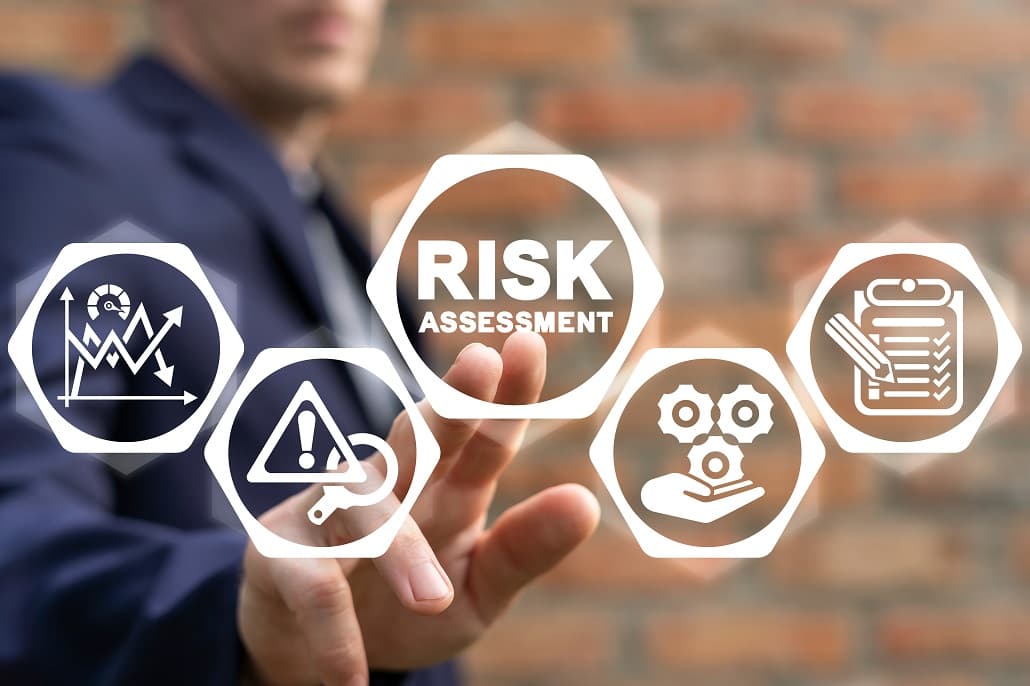The Purpose.
Threat assessment is a structured group process used to evaluate the risk posed by a student or another person, typically as a response to an actual or perceived threat or concerning behavior. Threat assessment as a process was developed by the Secret Service as a response to incidents of school violence. The primary purpose of a threat assessment is to prevent targeted violence. The threat assessment process is centered upon on analysis of the facts and evidence of behavior in a given situation. The appraisal of risk in a threat assessment focuses on actions, communications, and specific circumstances that might suggest that an individual intends to mount an attack and is engaged in planning or preparing for that event. In a situation that becomes the focus of a threat assessment inquiry or investigation, appropriate authorities gather information, evaluate facts, and make a determination as to whether a given student poses a threat of violence to a target. If an inquiry indicates that there is a risk of violence in a specific situation, authorities conducting the threat assessment collaborate with others to develop and implement a plan to manage or reduce the threat posed by the student in that situation.

The Process.
Inspect
The first step is to inspect your facilities and sites to evaluate your existing physical security controls such as access control systems, surveillance cameras, and security personnel presence. This step includes identifying any potential vulnerabilities or weaknesses in the physical infrastructure and assessing potential risks.
Identify
The next step in conducting a physical security risk assessment is to identify your risk factors. You’ll carefully evaluate your operations and identify vulnerabilities that could pose a risk to your physical security. This can include aspects such as access points, employee practices, and database management systems.
Investigate
The next step in a comprehensive assessment is testing existing physical security systems and technology infrastructure. Documenting current access control measures, surveillance systems, protective barriers, and other protections provides a baseline understanding of vulnerabilities.
Review
Conducting a technical and procedural review is the next important step in a physical security risk assessment. You’ll need to examine operational policies, access protocols, sensitive data handling, compliance practices, and emergency response plans to uncover security vulnerabilities for mitigation.
Assess
Finally, you’ll want to find specific physical security risks to determine your organization’s vulnerabilities. This involves examining the site layout, access points, storage of sensitive assets, and potential for natural disasters or attacks. Quantifying the likelihood and potential impact of identified threats informs strategic security efforts to be implemented.
Implement
Lastly, the final and most important step in a physical security risk assessment is the implementation phase. You’ll use the information gathered and analyzed throughout this entire process in order to determine what advancements or modifications need to be completed for ensuring all vulnerabilities are addressed and risks are properly mitigated

The Benefits.
Improves resilience and risk management
A security risk assessment identifies all your critical assets, vulnerabilities, and business controls. These assessments allow organizations like yours to better understand their vulnerabilities and develop strategies to minimize risks. In addition, the detailed risk assessment reports provide valuable insights into areas of concern and help businesses implement the right security measures. Being proactive helps improve business resilience and risk management, ultimately ensuring the safety and protection of assets, employees, and operations.
Increases understanding of “The Risks”
Physical security risk assessments are crucial for developing an accurate understanding of the risks that a facility faces. A detailed evaluation of assets, threats, and associated vulnerabilities is a way for a company to quantify risk exposure. Businesses can use these data-driven insights to determine which areas are most susceptible to breaches, theft, or acts of violence. In return, security leaders can implement appropriate controls, enforce policies, allocate resources, and address pressing vulnerabilities.
Identifies vulnerabilities and provides remediation
Another benefit of physical security risk assessments is their ability to identify vulnerabilities and drive solutions. By conducting these assessments, organizations can evaluate their existing security policies and systems to determine how effective they are in minimizing threats. These assessments allow for the identification of potential threats and vulnerabilities and help organizations develop targeted risk strategies. This allows businesses to enhance their overall physical security and reduce their exposure to potential security breaches.
Insures cost mitigation
Organizations are also able to identify vulnerabilities and implement the right solutions in a cost-effective manner. Rather than taking a one-size-fits-all approach, an in-depth risk assessment pinpoints specific facility weaknesses, high-value targets, and security gaps. Rather than taking a one-size-fits-all approach, companies can be specific based on their site needs. This precise risk analysis leads to more efficient spending as it reveals the ideal technologies and level of protection required for each company.
In compliance regulatory satisfaction
Conducting a security risk assessment is key to maintaining compliance with industry regulations. A comprehensive evaluation helps find gaps in meeting required security controls, protocols, and best practices. The assessment helps flag areas that need to improve to meet legal obligations, certification standards, and insurance policies. By determining specific vulnerabilities and deficiencies, a security risk assessment acts as a roadmap to address issues and demonstrate adherence.
Informed decision making
Physical security risk assessments provide decision-makers with data-driven insights that help them strategically allocate resources to safeguard critical company assets. A risk analysis quantifies the potential impacts of various threats, allowing the leader and the company to take preventative measures accordingly. Risk assessments give security managers the information they need to make smart investments in capabilities that offer the best protection.
The Results.
Pattern Recognition, Abnormality Identification, Behavioral Inconsistencies, and the list goes on of indicators that are present in our everyday lives that if addressed have the potential to mitigate a particular event and subsequently save lives.
